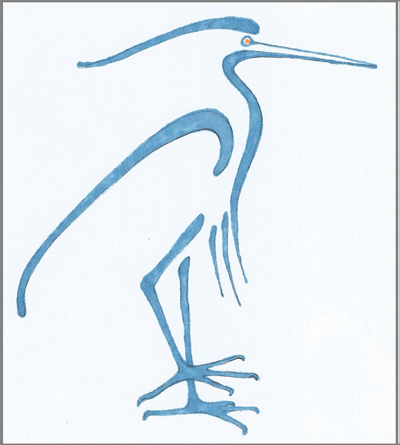-
 Blue Heron
Blue Heron
Acupuncture & Herbs19323 Lighthouse Plaza Blvd, Unit #7
Rehoboth Beach, DE 19971(302) 344-7333 Clinic Hours
Mon9am - 6:30pmTue9am - 6:30pmWed9am - 6:30pm
-
Latest Articles:
- • Add These 10 Immune-Boosting Foods to Your Fall Diet •
- • Keep Your Skin Healthy and Glowing with these Fall Skincare Tips •
- • Beat End of Year Burnout with these Fall Self-Care Rituals •
- Sign up to receive news and updates and get my free report:“The Top 10 Reasons to Try Acupuncture”

Acupuncture
Five Reasons Acupuncture Helps Digestive Function
 Digestion is a complex task performed by the body. It begins in the mouth and finishes when the ingested food leaves the body through the rectum. For all we have learned over the years regarding digestion, there is still so much more we don’t know or are still learning. For example, it wasn’t until recently, the last 10 years or so, that modern medicine confirmed our gastrointestinal tract is our second brain. This discovery is drastically changing the way the body and its many functions are viewed, because everything we put in our mouths can potentially have life-altering effects on the mind, as well as the body. continue reading
Digestion is a complex task performed by the body. It begins in the mouth and finishes when the ingested food leaves the body through the rectum. For all we have learned over the years regarding digestion, there is still so much more we don’t know or are still learning. For example, it wasn’t until recently, the last 10 years or so, that modern medicine confirmed our gastrointestinal tract is our second brain. This discovery is drastically changing the way the body and its many functions are viewed, because everything we put in our mouths can potentially have life-altering effects on the mind, as well as the body. continue reading
Five Reasons to Get Acupuncture for Migraines

Migraine headaches are a bit of mystery to the medical world. This ailment tends to be poorly understood and frequently undiagnosed and under-treated. According to the Migraine Research Foundation, this neurological disease affects nearly 39 million Americans. Migraines are characterized by severe, throbbing pain usually found on only one side of the head. Migraine headaches can also be accompanied by visual disturbances, dizziness, nausea, vomiting and extreme sensitivity to light and sound. These types of headaches can last from four hours to several days. Because modern medicine doesn’t completely understand this neurological phenomenon, the typical treatment is somewhat hit or miss. continue reading
Acupuncture for Harnessing Willpower

Ever had one of those days or weeks where you just can’t pull yourself out of bed in the morning? Or perhaps you just can’t say “No!” to the dessert tray. Regardless of the activity, willpower is what keeps some people disciplined. But it doesn’t make you a bad person if you have dessert with every meal, buy more shoes than you really need or take longer to get going in the morning. It just means your willpower isn’t strong. And just like any other habit, that can be changed. continue reading
TCM and Seasonal Affective Disorder

Seasonal Affective Disorder, also known as SAD, is a form of depression that affects people all throughout the world. Most commonly experienced during fall and winter months, the symptoms of SAD include depression, hypersomnia, lethargy, difficulty concentrating, negative thoughts and decreased social interaction. Higher levels of anxiety are experienced at the end of the summer season as those who suffer from this ailment start to anticipate the coming months of less sunshine and increased symptomatology. continue reading
Mental and Emotional Aspects of the Lungs

As an acupuncturist, I am constantly assessing. Before my patients answer a single question, I am taking in cues as to what types of imbalances might be going on. In five-element acupuncture, the five major organ systems are the kidney, liver, lung, heart and spleen. When any of these systems are out of balance, certain physical, mental and emotional issues can manifest. Even if you aren’t experiencing a specific health issue, however, you will likely display particular personality traits that fall within these five organ systems. In the five-element world, the lungs are connected to the element of metal. continue reading

